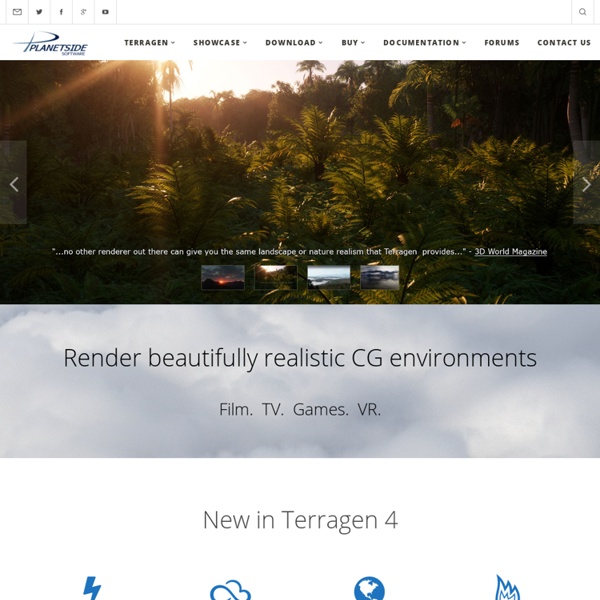



Female Anatomy for the Artists Menno Fokma Home | Makehuman ¿ Ésta foto es real ? A veces nos llegan imágenes de la red en las que aparece un famoso en situaciones "poco ordinarias" o distintas personas haciendo cosas imposibles y nos preguntamos si están trucadas estas fotos o no. ¿Realmente esa modelo tiene esas piernas? Muchas veces se sabe a simple vista pero otras hay que hacer un análisis de la imagen. Para ello hay muchos métodos, unos más complejos que otros, más exactos y/o más precisos. En este post o mostramos una de las técnicas más simples, la acumulación de errores o ELA (Error Level Analisys). Ésta técnica se usa cuando tenemos una fotografía en un formato con pérdida, p.ej. jpeg, al recomprimirla en ese mismo formato con pérdida, las partes añadidas mostrarán un nivel de pérdida menor que las originales. Qué material necesitáis para realizar vuestro primer análisis? CVIPTools (o herramienta similar)Una imagen a analizar. Para la ocasión hemos robado un posado a un peluche (con su consentimiento) y hemos trucado la foto. Imagen Original Imagen Retocada
OpenGL - The Industry Standard for High Performance Graphics Gods Girls Cinema 4d Materials Tutorial Cinema 4D Materials Step 1: Grab whatever you want to apply the material too. Now click file < new material in the materials tab, (by default in the bottom right), and double click the new material you just made. Do whatever you want with color. I just chose a darker tone for mine. Step 2: Now click reflections. Put the settings below in: Step 3: Now click specular and play with the settings. Step 4: Now click transparancy. Step 5:Optional. The way to apply a texture is to click the small [...] button besides the large blank button. Two different textures. Notice how i placed textures on the floor as well.
OpenGL: Home Page The OpenGL API (Application Programming Interface) began as an initiative by SGI to create a single, vendor-independent API for the development of 2D and 3D graphics applications. Prior to the introduction of OpenGL, many hardware vendors had different graphics libraries. This situation made it expensive for software developers to support versions of their applications on multiple hardware platforms, and it made porting of applications from one hardware platform to another very time-consuming and difficult. The result of this work was the OpenGL API, which was largely based on earlier work on the SGI® IRIS GL™ library. Modifications to the OpenGL API are made through the OpenGL Architecture Review Board, an industry group that contains founding, permanent, and auxiliary members. Software developers do not need to license OpenGL to use it in their applications. For more information, please visit the opengl.org website.
naar voren » van kladblok tot factuur MERCURY - 3D SOLUTIONS FOR GRAPHIC DEVELOPERS, ENGINEERS AND SCI